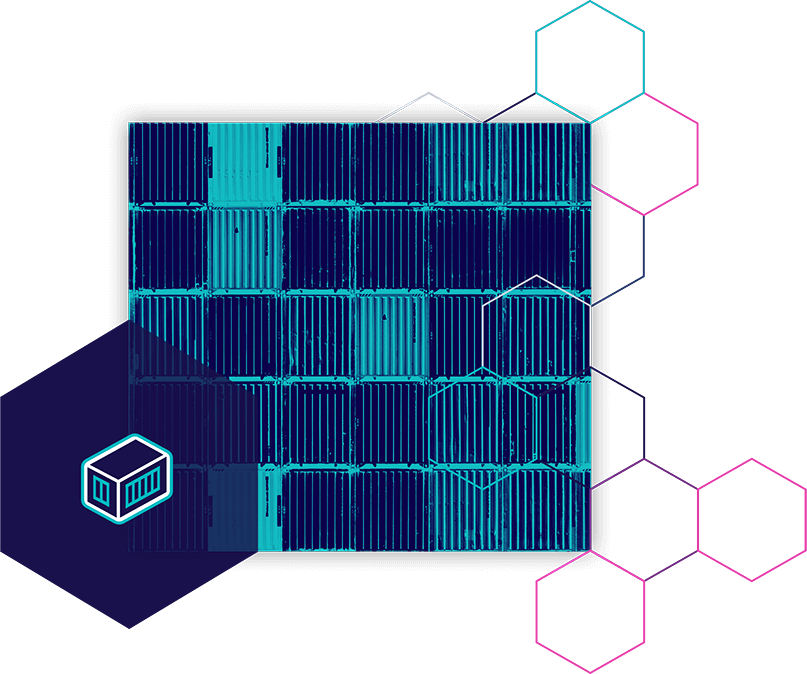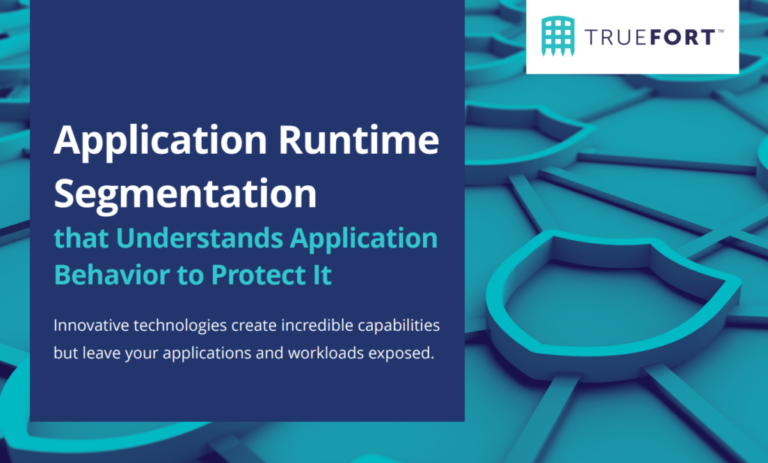TRUEFORT SOLUTION
Kubernetes Security Solutions through Container Microsegmentation
Containers, and their orchestration platforms, are nearly impossible to secure with legacy products and most solutions are too niche for long-term success. TrueFort’s kubernetes security solution protects containers from compromise by baselining their runtime behavior to find anomalies and making real-time response a reality.
TRUEFORT SOLUTION
Kubernetes Security Solutions through Container Microsegmentation
Containers, and their orchestration platforms, are nearly impossible to secure with legacy products and most solutions are too niche for long-term success. TrueFort’s kubernetes security solution protects containers from compromise by baselining their runtime behavior to find anomalies and making real-time response a reality.
Containers are a production attack surface and SOC blindspot
- Container usage is growing rapidly – as organizations continue to modernize their development processes, they are abandoning monolithic architectures for containers.
- Ephemeral assets aren’t well understood – network analysis, endpoint detection and response, and log management products have no concept of workloads that live for seconds.
- Cross-container communications are noisy – understanding the traffic passing between containers is near impossible when you only have network visibility.
- Security options are limited in scope – many container security approaches simply make containers immutable or block network traffic, which create management headaches.

Container Behavior Must Be Continuously Analyzed and Secured
Comprehensive Workload Protection
Hardware servers, virtual machines, and cloud-native workloads need to monitored and secured from a single platform.
Container Hardening and Kubernetes Security
Making containers immutable is too costly to maintain, while hardening best practices and immediate patching make it possible to stop attacks in production.
Optimal Investigation with Context
With an understanding of how millions of containers are being used by hundreds of applications, security analysts identify the extent of a security incident.
Real-time Attack Containment
Understand the full impact of containing an attack makes it easy to take the remediation action that application owners will always approve.
FAQ
Kubernetes security comprises the four areas of a Kubernetes cluster deployment that need to be protected: cloud, cluster, container, and code. Whether the Kubernetes cluster is built on an on-premises network or in the cloud, the environment has to conform to basic security best practices. Security for the cluster itself requires proper configurations and hardening of microservices and APIs that comprise the application.
Securing the container and code starts with good design practices, such as keeping the code base small and restricting unnecessary user privileges. And like any deployed applications, Kubernetes clusters should be tested and scanned regularly for vulnerabilities.
With Kubernetes, security-conscious developers should keep clusters as simple as possible, using a minimal host OS and running CIS Benchmark tests throughout the development pipeline. Recommended best practices also include:
- Scanning outside images from any source for vulnerabilities.
- Updating Kubernetes networking defaults and built-in security configurations to manage data flow, connection routing and pod access.
- Keeping access privileges as minimal as possible and use a read–only root filesystem to prevent attacks that install malware or change the file system.
- Using logically designed roll-based access control (RBAC) and TLS encryption to manage and safeguard communications.
And as with any modern security program, Kubernetes administrators should continuously monitor events and communications for suspicious activity.










